Have you ever wondered about the unique patterns adorning your fingertips? As you go about your daily life, leaving imperceptible traces on everything you touch, you may not realize the fascinating complexity of your fingerprints. These distinctive markings are more than just swirling lines, they fall into distinct categories, each with its own characteristics. Understanding the different types of fingerprints can offer valuable insights into the field of biometrics and forensic science.
In this article, you'll discover eight primary fingerprint patterns, their distinguishing features, and the role they play in identification and criminal investigations. Prepare to gain a new appreciation for the intricate designs nature has etched onto your hands.
What is a Fingerprint?

A fingerprint is a unique pattern of ridges and valleys on the surface of a finger that serves as a distinctive identifier for an individual. These intricate designs are formed during fetal development and remain unchanged throughout a person's lifetime, barring severe injury. Fingerprints are composed of friction ridge skin, which contains sweat pores that leave impressions when touching surfaces.
The uniqueness of fingerprints stems from their complex arrangement of loops, whorls, and arches. Even identical twins possess different fingerprints, making them a reliable biometric identifier. Law enforcement agencies have long utilized fingerprints for criminal investigations, while modern technology has expanded their use to secure smartphones, access control systems, and identity verification processes.
Understanding fingerprints is crucial in various fields, including forensic science, biometrics, and personal security.
Why do we Have Fingerprints?
Fingerprints serve a crucial biological purpose beyond their use in identification. These intricate patterns of ridges and valleys on our fingertips enhance our sense of touch, allowing us to perceive fine textures and grip objects more effectively. The unique whorls and loops create friction, improving our ability to hold onto items securely.
Additionally, fingerprints may have evolved to protect our skin from damage and reduce blistering during manual tasks. Interestingly, the development of fingerprints begins in the womb, with patterns forming as early as the 10th week of gestation. These distinctive markings are influenced by both genetic and environmental factors, making each person's set of fingerprints truly one-of-a-kind. This uniqueness has made fingerprints an invaluable tool in forensic science and biometric identification systems.
What Can Fingerprints be Used For?
Fingerprints serve as unique identifiers with numerous applications across various fields. In law enforcement, they're crucial for criminal investigations, helping to link suspects to crime scenes or exonerate the innocent. Biometric security systems utilize fingerprints for access control, safeguarding sensitive areas and digital devices.
In the realm of forensics, fingerprints aid in identifying unknown deceased individuals. They're also employed in background checks for employment, particularly in positions requiring high security clearance. Some countries use fingerprints for voter registration to prevent electoral fraud.
Additionally, fingerprints play a role in border control, streamlining immigration processes and enhancing national security. In healthcare, they can be used to ensure patient identity and prevent medical identity theft. As technology advances, the applications of fingerprint analysis continue to expand, revolutionizing identification and security protocols across industries.
What are the Different Types of Fingerprints?
Fingerprints, those unique patterns adorning our fingertips, are more diverse than you might think. Each person's fingerprints are distinct, making them invaluable for identification purposes. But did you know there are several categories of fingerprint patterns?
Fingerprints generally fall into three primary categories: arch, loop, and whorl. Arches form a wave-like pattern, loops create a circular design that doubles back on itself, and whorls form intricate spiral patterns. Within these main types, there are further subcategories, each with its own unique characteristics.
Plain Arch
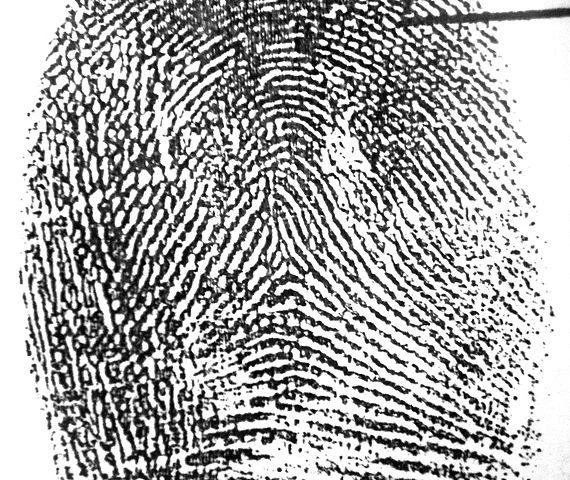
Plain arch fingerprints are the rarest type, occurring in only about 5% of the population. This pattern is characterized by ridges that enter on one side of the finger, rise in the center forming a wave-like pattern, and then exit on the opposite side. Unlike other fingerprint types, plain arches lack the more complex structures such as loops or whorls.
Key Features
Simple, wave-like pattern
No recurving ridges or upthrusts
Ridges run from one side to the other
Absence of deltas (triangular patterns)
Despite their simplicity, plain arches are highly distinctive due to their rarity. This uniqueness makes them particularly valuable in forensic science and biometric identification systems, where they can quickly narrow down potential matches.
Plain Whorl
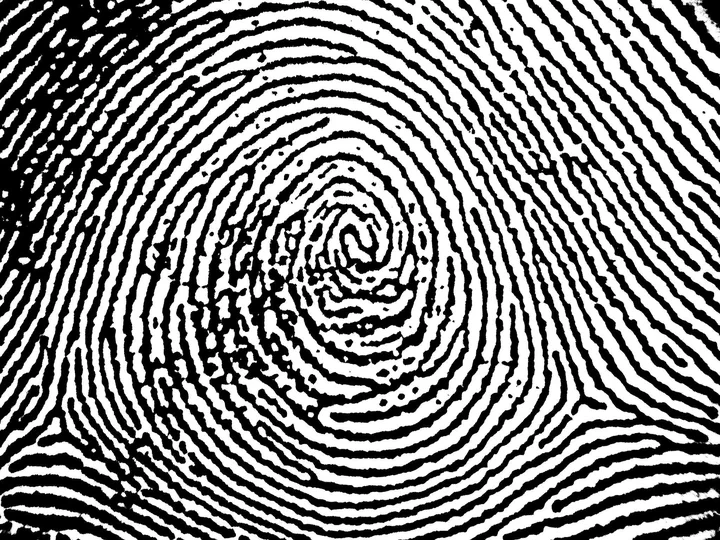
The plain whorl is one of the most common fingerprint patterns, characterized by its distinctive circular or spiral design. This unique pattern forms when ridges make a complete circuit around a central core, creating concentric circles or an elongated spiral shape. Plain whorls typically have two deltas, which are triangle-shaped patterns where ridge lines diverge.
Identifying Features
Circular or spiral pattern
Two deltas on opposite sides
At least one ridge making a complete circuit
Plain whorls are particularly valuable in forensic science due to their complexity and rarity compared to other patterns. They offer a higher level of individuality, making them especially useful for identification purposes in criminal investigations and biometric security systems.
Tented Arch
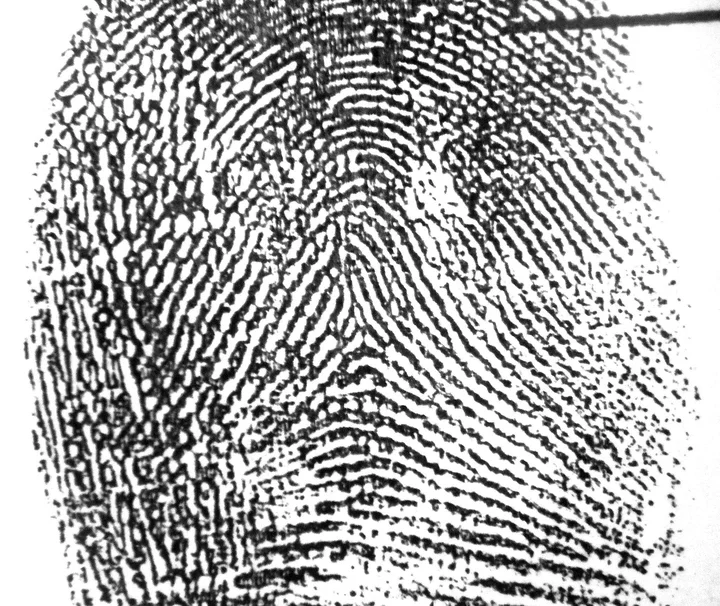
The tented arch is a unique and relatively rare type of fingerprint pattern. It shares similarities with the plain arch but features a distinct upward thrust in the center. This central ridge rises at a sharp angle, creating a tent-like appearance that gives this pattern its name. Tented arches are characterized by at least one ridgeline that doesn't curve, instead rising vertically from the base of the print.
Key Features
Central ridge with a sharp, upward angle
No recurving ridges
At least one vertical ridgeline
Tented arches are found in approximately 2-5% of fingerprints, making them less common than loops or whorls. Their distinctive shape makes them easily identifiable, which can be valuable in forensic science and biometric identification systems. Understanding this pattern is crucial for fingerprint analysts and law enforcement professionals working in criminal investigations.
Radial Loop
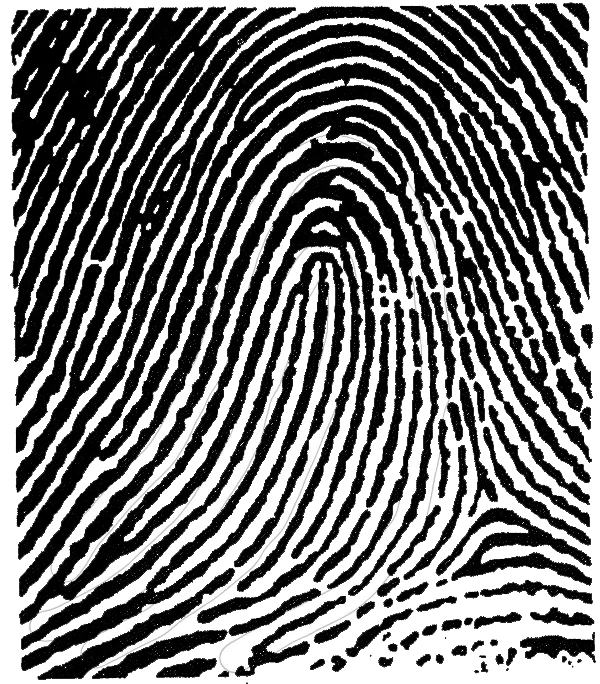
Radial loops are a distinctive type of fingerprint pattern characterized by ridges that flow from one side of the finger, curve around the core, and exit on the same side they entered. This unique formation creates a circular or spiral-like appearance. Radial loop is subdivided into:
Plain Radial Loop
Plain radial loops feature a simple, curved pattern without any additional twists or turns. The ridges flow smoothly from one side to the other, creating a gentle arc. This type is relatively common and easily identifiable.
Tented Radial Loop
Tented radial loops are more complex, featuring a sharp, upward thrust in the ridge pattern near the core. This creates a tent-like structure, giving the impression of a pointed peak within the loop. This variation adds depth and uniqueness to the fingerprint, making it stand out from plain radial loops.
Central Pocket Loop

The Central Pocket Loop is a distinctive fingerprint pattern characterized by at least one recurving ridge that makes a complete circuit. Within this loop, there's a small pocket or island formation at the center. This unique arrangement sets it apart from other fingerprint types.
Central Pocket Loops are relatively rare, occurring in only about 2-9% of fingerprints. They're often mistaken for whorls at first glance, but closer inspection reveals their defining central pocket structure. This pattern is particularly valuable in forensic science due to its uncommon nature.
Experts identify Central Pocket Loops by examining the core area of the fingerprint. They look for the telltale signs: a recurving ridge that encloses a central pocket or island. This careful analysis ensures accurate classification, crucial for both criminal investigations and biometric security systems.
Accidental
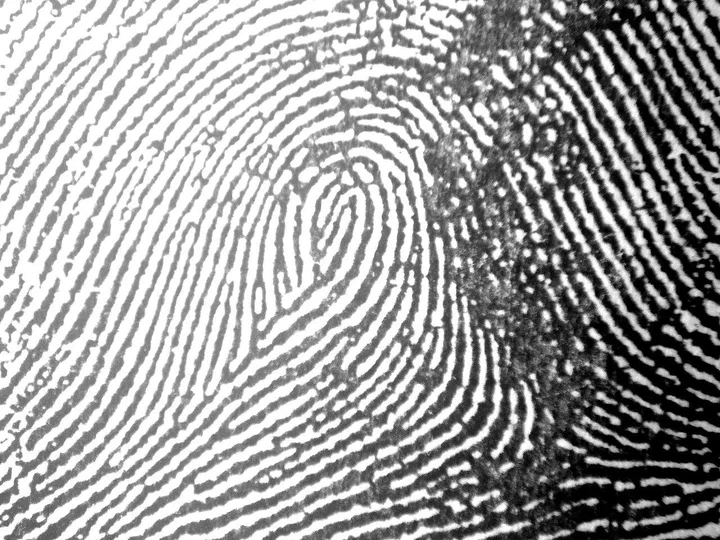
Accidental fingerprints, also known as latent prints, are unintentional impressions left behind when someone touches an object. These prints are not immediately visible to the naked eye and require specialized techniques for detection. Accidental prints are crucial in forensic investigations, often serving as key evidence in criminal cases.
Detection Methods
Several methods can reveal accidental fingerprints:
Dusting with fine powder
Chemical treatments
Alternate light sources
Once detected, accidental prints must be carefully preserved and analyzed. Forensic experts use advanced imaging technologies to enhance and compare these prints against databases. The unique ridge patterns in accidental prints can provide valuable information about an individual's identity, making them an indispensable tool in modern crime-solving techniques.
Double Loop
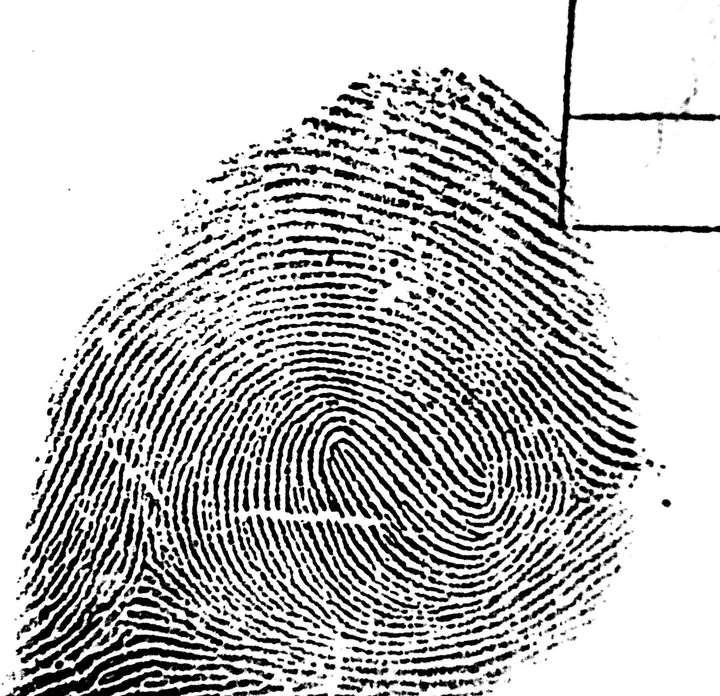
Double loop fingerprints are a fascinating and relatively rare type of pattern. They're characterized by two distinct loop formations within the same print, creating a unique and easily identifiable structure. These loops typically flow in opposite directions, forming a sort of "S" shape or figure-eight pattern.
What sets double loops apart is their complexity. Unlike simple loops that have a single core and delta, double loops feature two separate cores and two deltas. This intricate arrangement makes them highly valuable for identification purposes, as they provide more points of comparison than simpler patterns.
While less common than plain arches or single loops, double loops occur in about 5-7% of the population. Their rarity and distinctive appearance make them particularly useful in forensic science and biometric security applications.
Ulnar Loop
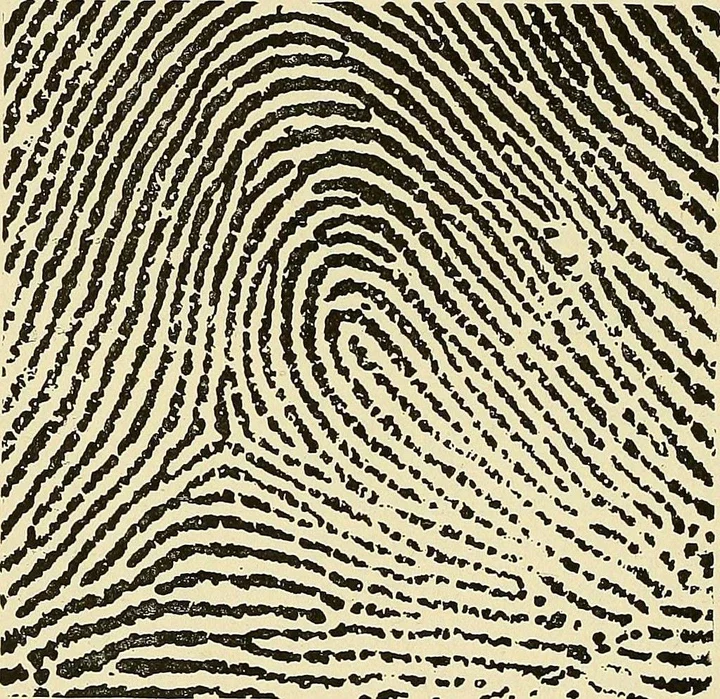
Ulnar loops are the most common type of fingerprint pattern, occurring in approximately 60-65% of the population. This distinctive pattern is characterized by ridges that enter from one side of the finger, curve around, and exit on the same side. The term "ulnar" refers to the side of the hand where the ulna bone is located, typically the little finger side. Ulnar loop can be subdivided into:
Plain Ulnar Loop
Plain ulnar loops feature a single delta and one or more ridges that enter and exit on the ulnar side. These loops form a simple, flowing pattern that's easily identifiable.
Tented Ulnar Loop
Tented ulnar loops are similar to plain loops but have a more pronounced, upward-thrusting ridge at the center. This creates a tent-like appearance, hence the name. Tented loops are less common and can sometimes be mistaken for whorls at first glance.
Understanding these different types is crucial in forensic science. Law enforcement agencies use this knowledge to match fingerprints found at crime scenes to potential suspects, making fingerprint analysis a cornerstone of modern criminal investigations.
Why are There Different Types of Fingerprints?
The diversity of fingerprint patterns stems from a complex interplay of genetic and environmental factors during fetal development. As the skin on our fingertips forms, it's influenced by variables such as hormone levels, nutrition, and blood pressure in the womb. These factors affect the formation of friction ridges, creating unique patterns for each individual.
Genetics play a crucial role, determining the general characteristics of our fingerprints. However, even identical twins with the same DNA develop distinct fingerprint patterns due to slight variations in their prenatal environment. This combination of genetic predisposition and environmental influence results in the wide array of fingerprint types we observe, making them an invaluable tool for identification in forensics and security applications.
How Fingerprint Patterns Form
Fingerprint patterns begin to develop in the womb, forming between the 10th and 24th weeks of gestation. These unique identifiers result from a complex interplay of genetic and environmental factors. As the fetus grows, its skin cells multiply and compress, creating raised areas called volar pads on the fingertips. The arrangement of these pads, influenced by both DNA and intrauterine conditions, determines the eventual fingerprint pattern.
Ridge Formation
As development progresses, ridges form on the skin's surface. These ridges follow the contours of the volar pads, creating distinctive patterns. The specific arrangement of these ridges is influenced by factors such as blood pressure, oxygen levels, hormone levels, and the position of the fetus in the womb. This combination of genetic predisposition and environmental variables ensures that no two fingerprints are exactly alike, even among identical twins.
Fingerprint Patterns and Genetics
Fingerprint patterns are largely determined by our genetic makeup. While the exact details of a person's fingerprints are unique, the overall pattern types are inherited. Research shows that certain genes influence the formation of ridges and whorls during fetal development. These patterns are established by the 17th week of pregnancy and remain unchanged throughout life, barring injury or deliberate alteration.
Despite genetic predisposition, environmental factors in the womb can also affect fingerprint development. Factors such as nutrition, hormone levels, and position in the uterus can influence the final pattern. This interplay between genetics and environment explains why even identical twins, sharing the same DNA, have distinct fingerprints.
How Biometric Technology and Fingerprint Identification Works
Biometric technology utilizes unique physical characteristics to identify individuals. In fingerprint identification, this process involves capturing, analyzing, and comparing distinctive ridge patterns. Modern scanners use optical or capacitive sensors to create high-resolution digital images of fingerprints. These images are then processed to extract key features, such as ridge endings and bifurcations, known as minutiae points.
The extracted data is converted into a mathematical template, which is compared against a database of stored templates. Advanced algorithms assess the similarity between the scanned fingerprint and stored records, calculating a match score. If this score exceeds a predetermined threshold, a positive identification is made.
This technology finds applications in various fields, from law enforcement to mobile device security. Its accuracy and efficiency have made fingerprint identification a cornerstone of modern biometric systems, offering a reliable method for verifying identity in an increasingly digital world.
Frequently Asked Questions
These are some frequently asked questions and answers about the different types of fingerprints.
Are fingerprints really unique?
Yes, fingerprints are considered unique to each individual. Even identical twins have different fingerprints. This uniqueness makes them valuable for identification purposes in forensics and security applications.
Can fingerprints change over time?
While the basic pattern remains constant, minor changes can occur due to injuries, aging, or certain occupations. However, these changes are typically not significant enough to affect identification.
How long have fingerprints been used for identification?
The use of fingerprints for identification dates back to ancient civilizations, but modern scientific fingerprinting began in the late 19th century. Today, it remains a crucial tool in law enforcement and biometric security systems.
How are fingerprints classified?
Fingerprints are generally classified into three main types: loops, whorls, and arches. Each type has distinct characteristics that help in identification and categorization during fingerprint analysis.
How are fingerprints collected?
Law enforcement typically uses ink-based methods or digital scanners to capture fingerprints. For crime scenes, forensic experts may use powder dusting, chemical fuming, or alternative light sources to reveal latent prints on various surfaces.
Conclusion
In conclusion, understanding the eight distinct types of fingerprints provides valuable insight into the fascinating world of biometrics and forensic science. From arches to whorls, each pattern offers unique identifying characteristics. As you've learned, no two fingerprints are exactly alike, even between identical twins. This remarkable diversity makes fingerprints an invaluable tool for identification in both criminal investigations and everyday security applications. By familiarizing yourself with these patterns, you've gained a deeper appreciation for the complexity of human biology and the cutting-edge technologies used to analyze these minute details. The next time you encounter a fingerprint scanner or crime scene analysis on TV, you'll have a newfound understanding of the science behind it.










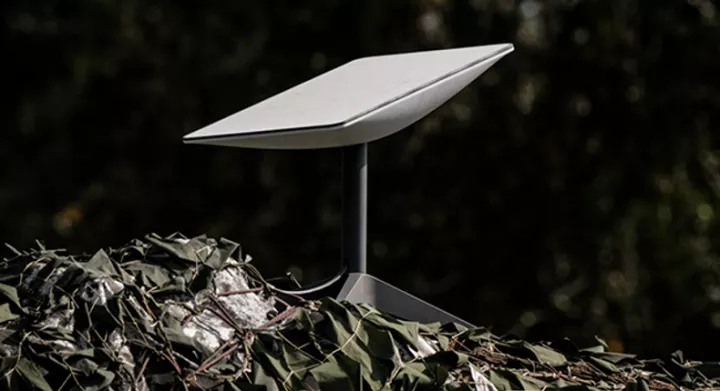





Comments